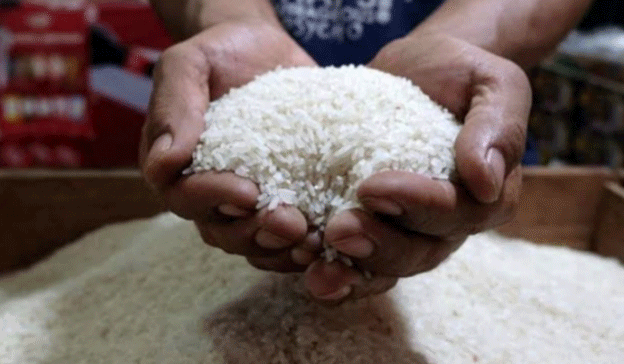In recent weeks, rice prices in Indonesia have seen a significant surge, with medium rice reportedly reaching Rp 14,600 per kilogram—well above the government’s highest retail price range of Rp 12,500 to Rp 13,500/kg. This spike has raised concerns among consumers and farmers alike, prompting responses from key government bodies such as the National Food Agency (Bapanas) and Perum Bulog, Indonesia’s state logistics agency.
The data, initially cited by Edy Priyono, Deputy III of the Presidential Staff Office, during a Regional Inflation Control Coordination Meeting, highlighted the discrepancy between market prices and the official HET. According to the Ministry of Trade’s Market Monitoring System, medium rice prices have been relatively stable month-on-month but remain elevated above.
Despite these figures, Arief Prasetyo Adi, Head of Bapanas, disputed claims that medium rice prices had soared to Rp 14,600/kg. He emphasized that the average price of medium rice remains closer to Rp 12,500/kg, pointing to the ongoing efforts of the Stabilization of Supply and Price of Food (SPHP) program in maintaining price stability. “It’s unlikely that medium rice prices have reached that level,” Adi stated, reinforcing that the government’s stockpiling efforts are intended to prevent excessive price hikes.
On the ground, however, rice traders and consumers are reporting higher-than-expected prices. According to data from the National Food Agency’s Price Panel as of August 26, 2024, the national average price for medium rice stands at Rp 13,580/kg, still above the, particularly in urban centers where demand is high. This situation has led to increased scrutiny of market dynamics, including supply chain bottlenecks, distribution costs, and the impacts of inflationary pressures on basic commodities.
The SPHP program, managed by Bulog, aims to keep rice prices within the HET range by ensuring a steady supply of government-subsidized rice. Bulog’s President Director, Bayu Krisnamurthi, assured the public that the agency has ample stock to meet demand, stating, “Consumers can still purchase rice at the government-approved price, and we have sufficient stock to ensure this remains the case.”
From the perspective of farmers, the situation is multifaceted. While higher rice prices can potentially lead to increased profits, they also reflect broader issues within the agricultural sector. Farmers often do not see the full benefits of price increases due to intermediaries and market inefficiencies. Additionally, the cost of inputs such as fertilizers and transportation has risen, further squeezing profit margins. For many farmers, the gap between farmgate prices and retail prices remains a significant challenge.
For agronomists and agricultural economists, the current situation underscores the importance of addressing structural issues in rice production and distribution. Improving post-harvest management, enhancing transportation infrastructure, and reducing the dependency on middlemen are seen as crucial steps toward stabilizing rice prices. Moreover, the government’s role in monitoring and enforcing, as well as providing support to smallholder farmers, will be vital in ensuring that rice remains affordable for all Indonesians.
In the broader context of food security, Indonesia’s government faces the delicate task of balancing the needs of farmers, consumers, and the national economy. With over 270 million people dependent on rice as a staple food, any fluctuation in prices can have far-reaching consequences. As such, government agencies, including Bapanas and Bulog, are focused on both short-term solutions, like the SPHP program, and long-term strategies aimed at boosting domestic rice production and reducing reliance on imports.
Indonesia’s current rice price situation highlights the complex interplay between market forces, government policies, and agricultural realities. While the government has taken steps to stabilize prices through the SPHP program and other initiatives, ongoing challenges remain in ensuring that both consumers and farmers are protected from volatile market conditions. Addressing these issues will require coordinated efforts across the agricultural sector to enhance production efficiency, improve market access, and strengthen food security for the nation.
Error




